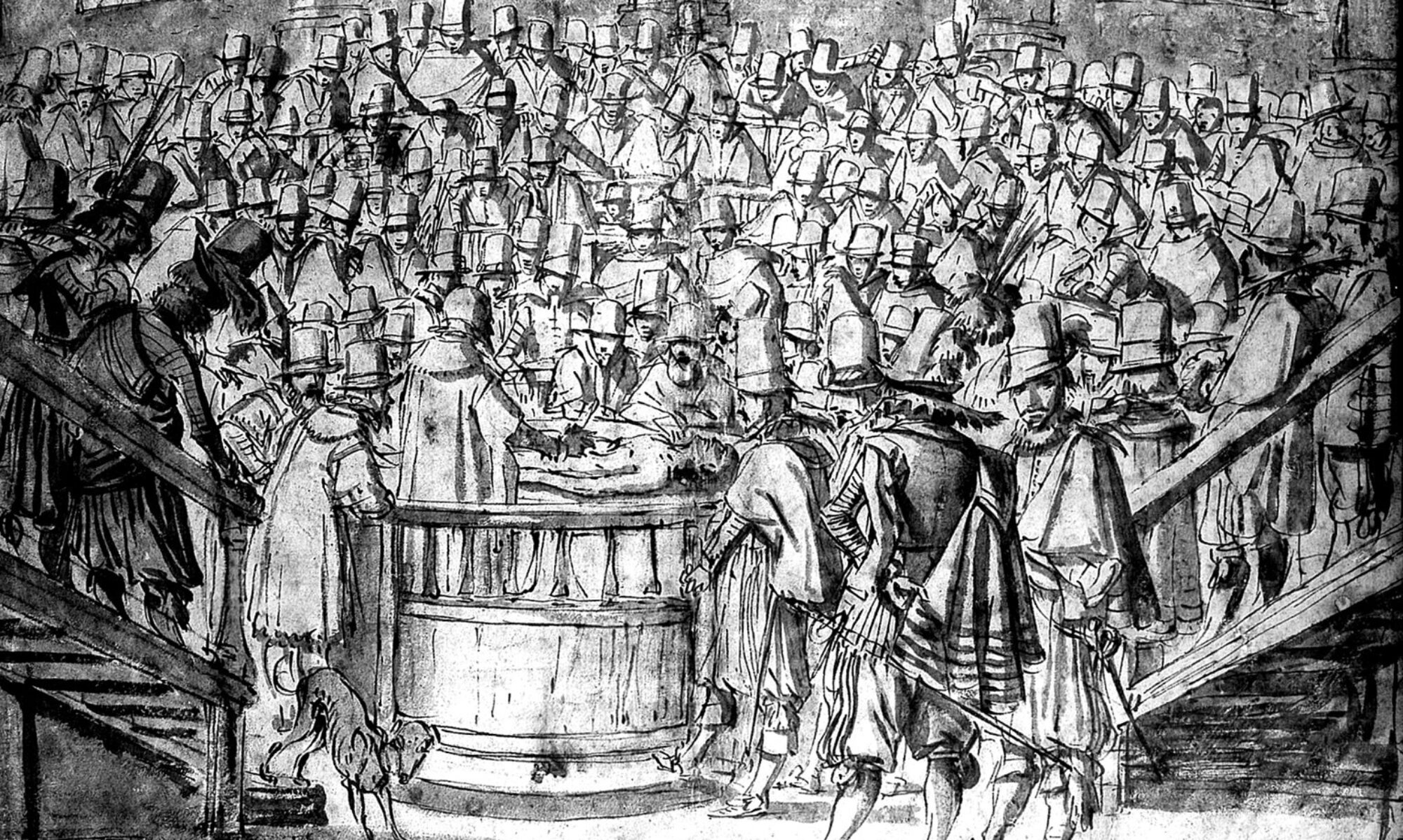
One of the most famous images of Écorché in modern art. The sculpture was made by the artist at the age of 25 in Rome, as a preparatory study for the marble statue of St. John the Baptist, which was to become a pendant for the sculpture of St. Bruno in the Church of Santa Maria degli Angeli. Houdon attended an anatomy course in Rome, accompanied dissections on human corpses, and diligently studied anatomical drawings in order to accurately depict the sculpture of a man’s physique. The work he created is characterized not only by a very faithful representation of the muscles, but also by an animated pose. The man’s right hand is stretched horizontally in front of him – in a gesture of blessing, which was to be repeated in the figure of St. John the Baptist. Écorché’s weight rests on his left foot, and the right leg is grasped slightly bent with the foot slightly raised, suggesting a step forward that is about to take place. The work was quickly recognized as a separate work of art. Charles Natoire, the director of the French Academy in Rome, acquired it and included it in the collection of plaster casts. Natoire’s successor as director of the Academy, the famous painter Joseph Marie Vien, ordered all students to study this work on a compulsory basis. Houdon himself, realizing that his anatomical sculpture was such a great success, made numerous copies of it in Rome and later in Paris, which enjoyed great popularity in Europe. Especially popular with collectors and art lecturers was the Écorché variant with the hand raised. Houdon’s anatomical works were also copied many times after his death.

